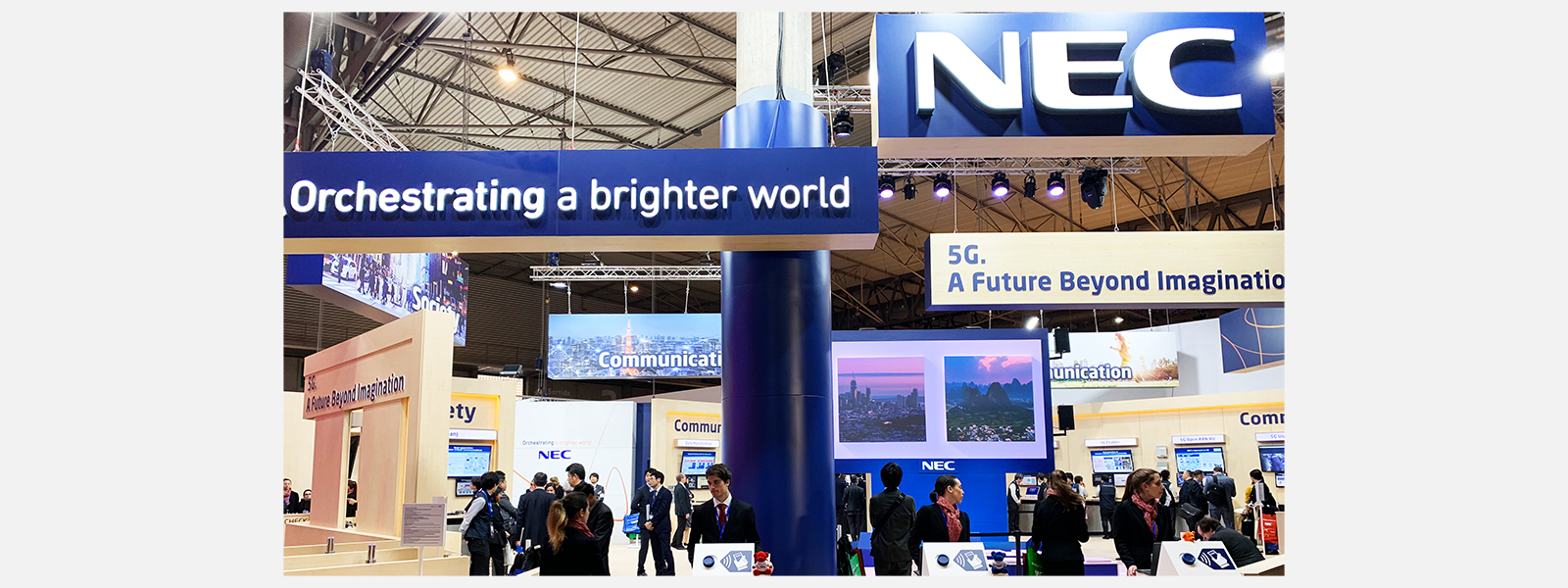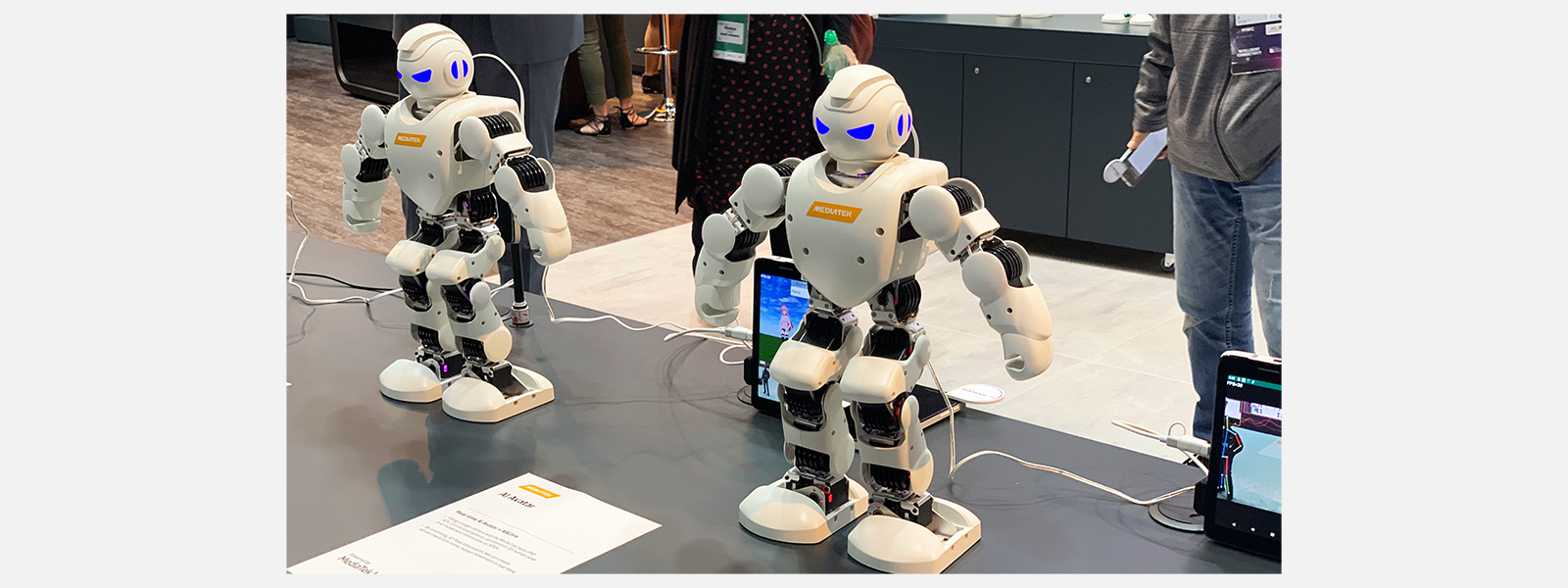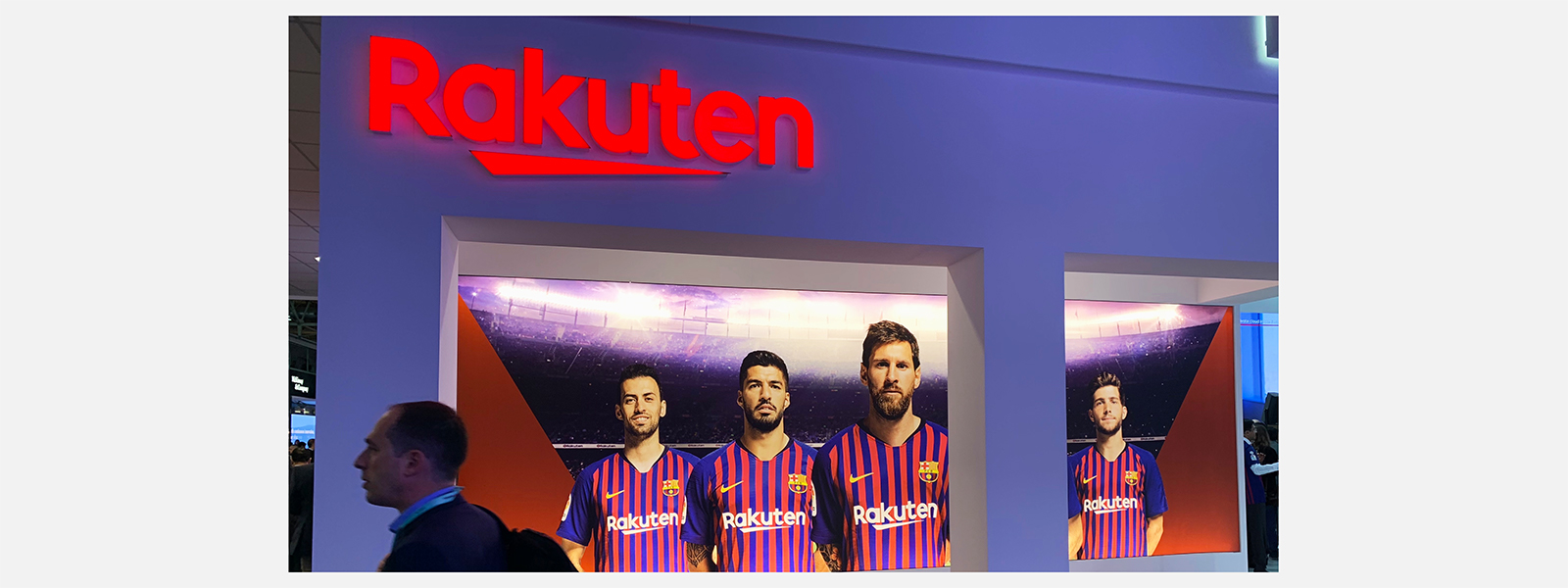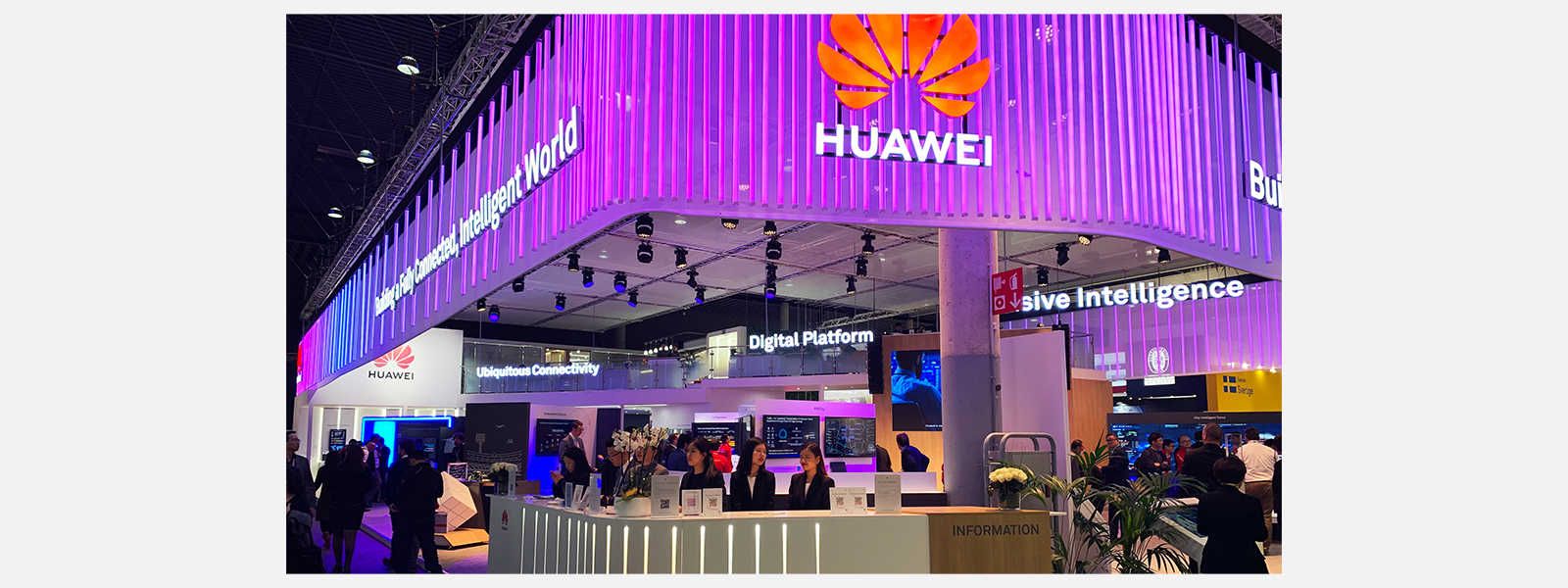As we sat at a craft beer bar in Barcelona on Tuesday evening last week - well-deserved because we’d all walked 10 miles of MWC’s halls - we reminisced about its beginnings. How it was held by the marina in Cannes until the mid-2000s … moved to Fira Barcelona as the first smartphones emerged … and has ended up on Barcelona’s outskirts as it became clear the booming mobile industry could no longer be contained within the city centre.
We’ve been going to MWC for more that 15 years and have built strong relationships with telecoms industry leaders - many of whom we’ve had the privilege to represent in Asia. But what’s passed is past and this year’s show has arguably been the biggest and the most exciting yet - here’s why.
5G is now reality
The first commercial 5G network goes live in Korea this month. China and Japan are not far behind. Every tech conglomerate hailing from the Far East had a prominent 5G-themed stand at MWC – in contrast to last year when most 5G talks were taking place behind closed doors.

Europe and North America, while not as quick in deploying 5G infrastructure at home, have been playing major roles in developing the underlying technologies that cash-rich companies and governments in Asia are rolling out as we speak. 5G is one of those breakthroughs that has had only a few leaders but thousands of contributors from around the world.
It will be months, maybe years before 5G becomes widespread, though. But in some ways, that’s a good thing. While the focus to-date has been on infrastructure and hardware, now’s the time for real-life applications and software. So what if your network can push 20 Gbps when your device can’t cope with that and your software is drowning in channel coding errors? In other words, there are big opportunities for 5G software and middleware companies to collaborate with Asian telco giants as they aren’t well-placed to solve all these issues themselves.
To name just a few hot 5G applications we’ve heard talked about behind the scenes:
- edge computing
- more reliable and ‘smarter’ M2M/IIoT solutions
- remote surgeries
- VR/AR-powered educational/enterprise/industrial systems
- next-gen indoor location technologies
- public safety solutions
- and, of course, connected cars
If your tech addresses any one of these issues, chances are that Asian telecoms companies are looking for you this very moment.
More data, more problems
The world of telecoms and its ‘satellite’ industries have been hoarding user data for years, for better and worse. On one hand, we get personalised services and content. On the other, it raises privacy concerns and has been misused by some overeager companies. The introduction of GDPR in 2018 and Mark Zuckerberg’s testimony before US Congress were just some high-profile signs of the people getting fed up.
So we’re now being ushered into the era of safer, depersonalised and more responsibly-handled user data. In this new paradigm, the ‘ask forgiveness, not permission’ attitude won’t fly. Companies offering analytics platforms that can use anonymised user data but still bring value to networks, publishers, advertisers and brands will be in a strong position to grow. And many companies we spoke to in Barcelona are already retraining their machine learning algorithms to do just that.

One of the reasons western data analytics and adtech tools have had a slow adoption rate in some parts of Asia is that they typically work best in deregulated markets, while countries like Japan and Korea have stood their ground on strict privacy regulations. The rest of the world is now realising the Japanese and Koreans may have been right all along.
And while data regulations in China are a different beast altogether, and a show-stopper to many western analytics companies, this new way of thinking about privacy, where data is stored and how it’s handled, might lead to new opportunities in this untapped market.
‘New’ players
While there’s no shortage of exciting start-ups pitching up to the crowds at MWC every year, we don’t often see giants born overnight. Case in point - Rakuten Telecom. The ecommerce and digital media conglomerate will soon be launching Japan’s fourth major mobile network, joining the ranks of Softbank, NTT Docomo and KDDI.
The atmosphere around Rakuten’s stand was electric, and for good reason. It’s a breath of fresh air for the Japanese market, that’s for sure, but it also carries industry-wide implications. True to Rakuten’s history of open innovation, the company is collaborating with lots of technology vendors from around the world to deliver state-of-the-art infrastructure and services, and they want to deploy fast. They boast their creation will be the world’s first end-to-end cloud-native mobile network; and, to deliver on that promise, amongst other things, they’ve invested in Indian virtual RAN provider AltiorStar. There are likely more moves like that in Rakuten’s pipeline.

In short - not only western tech start-ups but businesses long-established in Japan should be adding one more target to their lists.
Tricky business
The telecoms industry has sure gone through some turbulence last year, with Huawei suffering from the China-US ‘trade war’ as well as suspicions of questionable conduct. Allegations of spyware on Huawei’s devices may or may not be well-founded, but the inescapable fact is: there’s been enough media storm around this issue that some western businesses will think twice before moving forward on a deal with China’s largest telecoms equipment and smartphone company.
Scores of Huawei engineers and salespeople were roaming the halls of MWC this year, engaging customers and partners, so the company doesn’t appear to be wavering in the face of these allegations. That said, part of this increased activity was undoubtedly damage control.

Huawei’s fiercest rival - Samsung – must be rejoicing. Indeed, they’ve seen a spike in their already-formidable telecoms business, presumably because Huawei’s customers are looking for alternatives. And Samsung now has the chance to beef up its offering and widen the competitive gap further. Since Samsung seems to have learned from its past mistakes - that time to market matters and locking a bunch of engineers in a lab to develop everything in-house won’t work – they’ll be looking for external support to improve their base stations, equipment and software.
While working with Samsung as a partner can be hard - they are a demanding bunch! – it can be (and has been) done and it’s reasonable to expect they’ll be even more receptive to external ideas and technologies. But Samsung better watch out because NEC and others are surely trying to chip away at Huawei’s market share, too.
Impossible
It’s impossible to summarise MWC 2019 in one article, but these are the stand-out points our team agreed on just as the third round arrived at our table.
What do you think were the highlights of this year’s congress? Do you agree that big opportunities lie in Far East? Be sure to drop us a line if Asia is on your mind.




